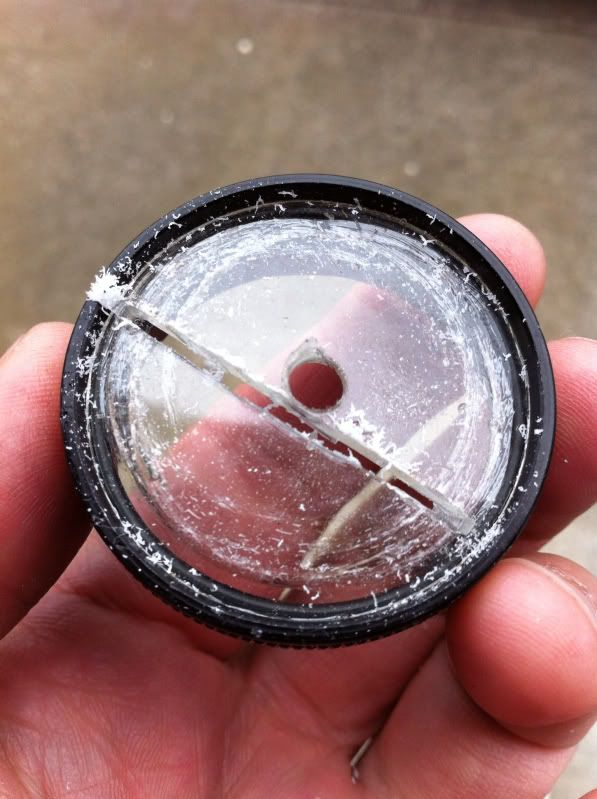Gene Malkoff is not known for sparing money, or engineering on his products. He chose to use a "hard coat acrylic" lens on the MDC's as well as the VME heads.
Why?
It has a few % more transmission than Pyrex, but how does it compare otherwise? It is abrasion resistant, allegedly, but how does it really hold up over the long term compared to a pyrex lens. Does anyone have any experience, here? I know there is a reason he chose this material and configuration, I just don't know the reason. I do know it wasn't to shave a few penny's, though, so...what are the real-world advantages, especially on a "tactical" flashlight like some of the MDC's are meant to be, as well as the collaborative venture between Malkoff and ROSCH Works.
http://roschworks.com/
Why?
It has a few % more transmission than Pyrex, but how does it compare otherwise? It is abrasion resistant, allegedly, but how does it really hold up over the long term compared to a pyrex lens. Does anyone have any experience, here? I know there is a reason he chose this material and configuration, I just don't know the reason. I do know it wasn't to shave a few penny's, though, so...what are the real-world advantages, especially on a "tactical" flashlight like some of the MDC's are meant to be, as well as the collaborative venture between Malkoff and ROSCH Works.
http://roschworks.com/




